Find Help
More Items From Ergsy search
-
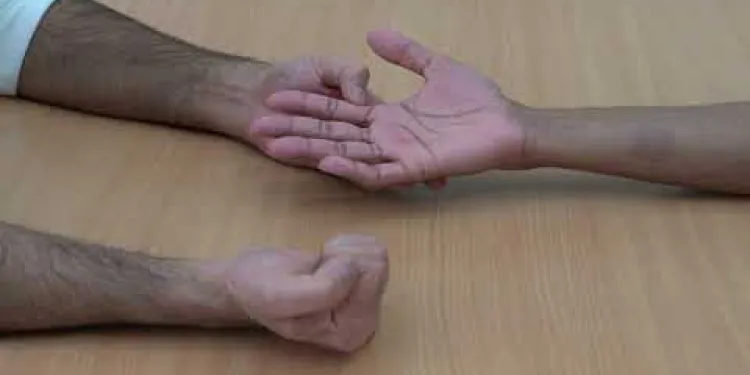
Trigger Finger exam
Relevance: 100%
-
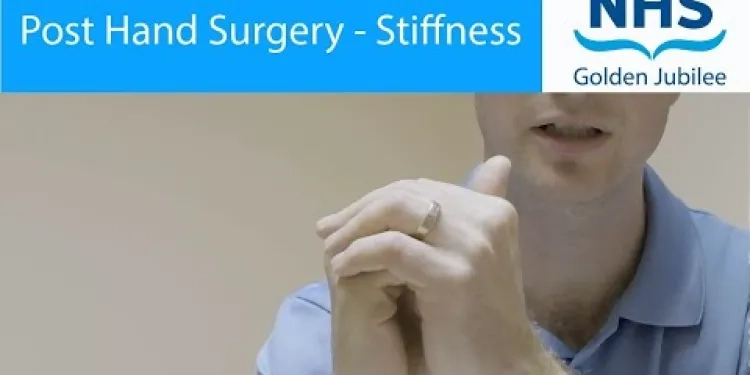
Post hand surgery - Stiffness management and trigger finger
Relevance: 78%
-

What triggers asthma attacks?
Relevance: 38%
-
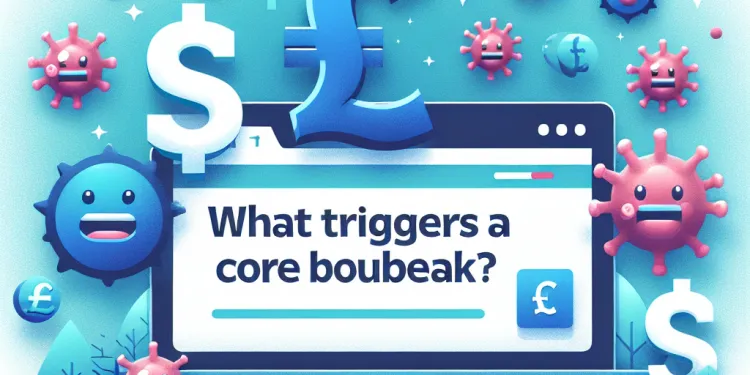
What triggers a cold sore outbreak?
Relevance: 36%
-

Factors that trigger eczema in your child
Relevance: 35%
-

What foods can trigger nettle rash?
Relevance: 35%
-

Can exercise trigger asthma symptoms?
Relevance: 35%
-
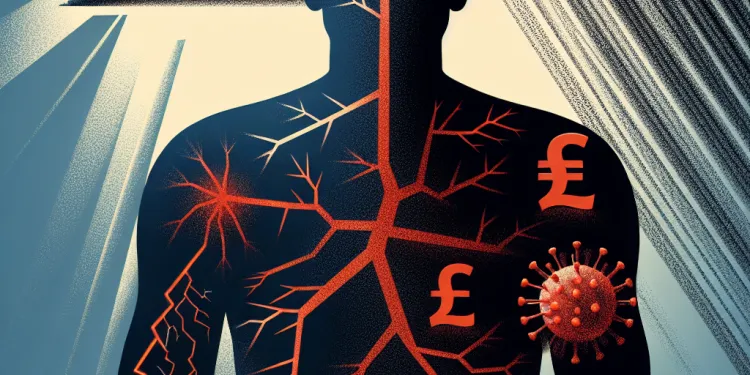
Can stress trigger shingles?
Relevance: 35%
-

Can stress trigger psoriasis flare-ups?
Relevance: 34%
-

Can stress trigger shingles?
Relevance: 31%
-

Can physical exertion trigger a heart attack?
Relevance: 30%
-
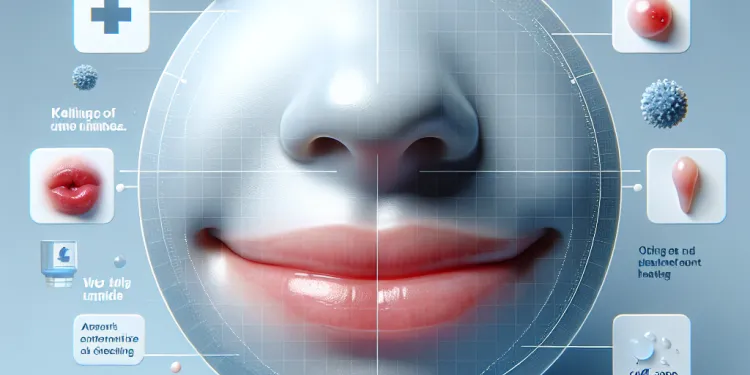
What are Cold Sores?
Relevance: 20%
-
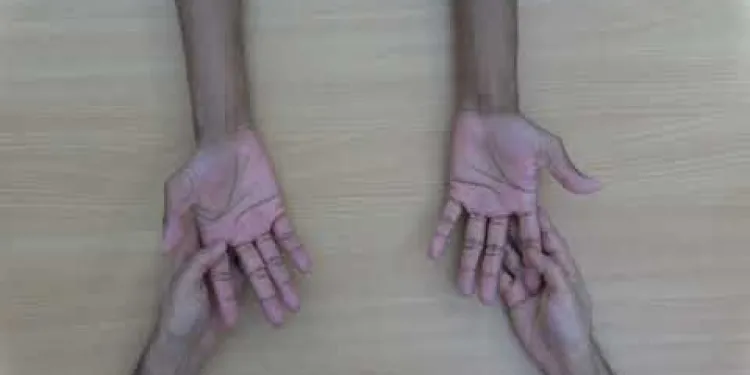
Dupuytrens
Relevance: 17%
-
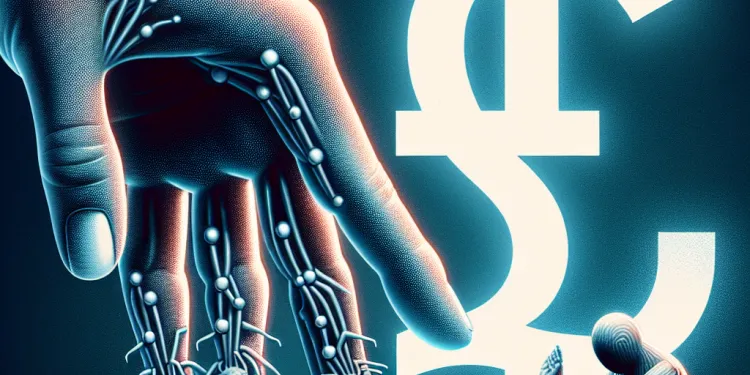
What are the common symptoms of Carpal Tunnel Syndrome?
Relevance: 17%
-
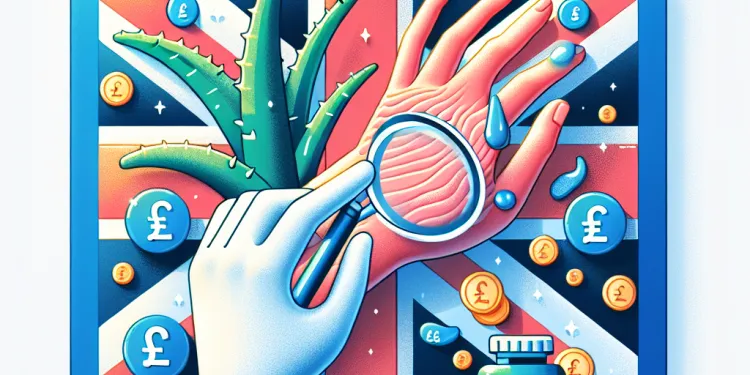
What are the main types of eczema?
Relevance: 15%
-
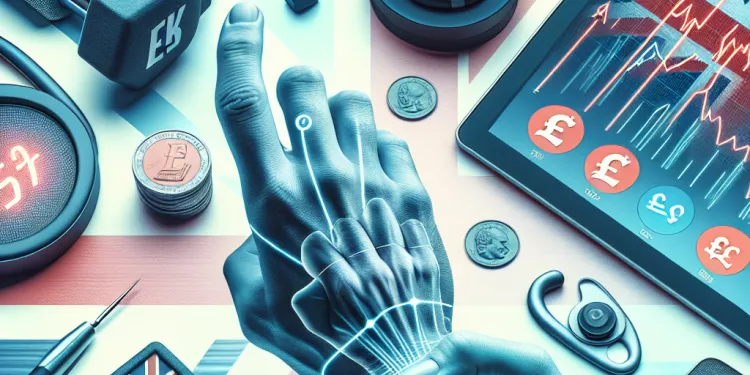
Are there specific exercises that can help with Carpal Tunnel Syndrome?
Relevance: 15%
-
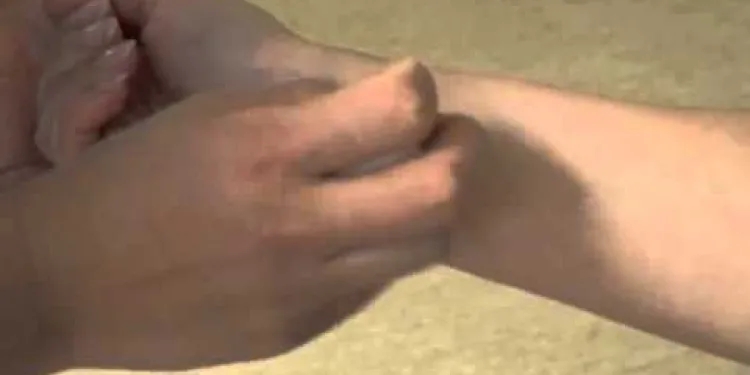
Using pressure points to relieve nausea
Relevance: 15%
-

What causes cold sores?
Relevance: 14%
-

Can diet affect eczema?
Relevance: 14%
-

What causes psoriasis?
Relevance: 14%
-

How can I prevent Carpal Tunnel Syndrome?
Relevance: 14%
-

What causes nettle rash?
Relevance: 13%
-

Raynaud's Disease
Relevance: 13%
-
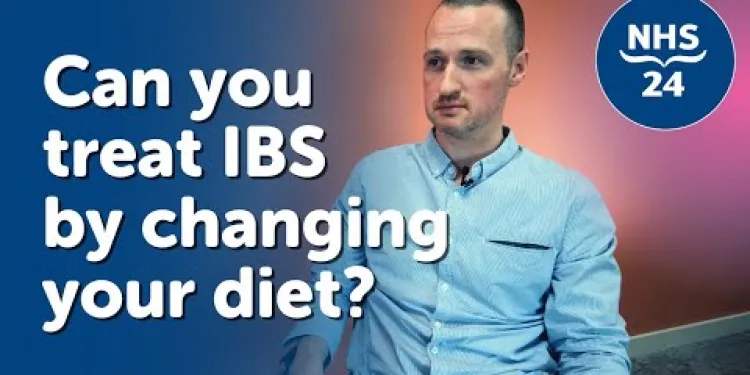
Does your diet affect IBS?
Relevance: 13%
-
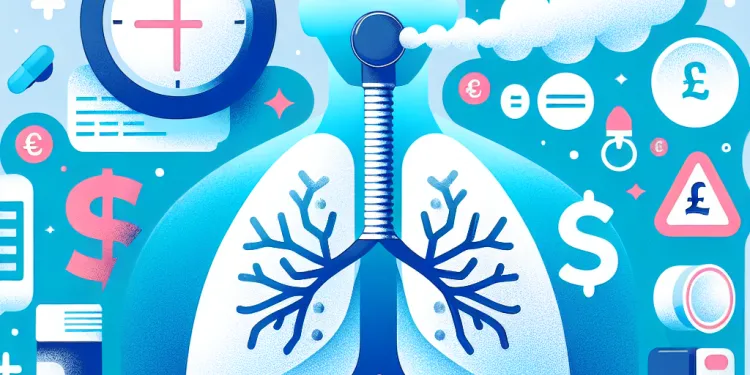
How can asthma attacks be prevented?
Relevance: 13%
-
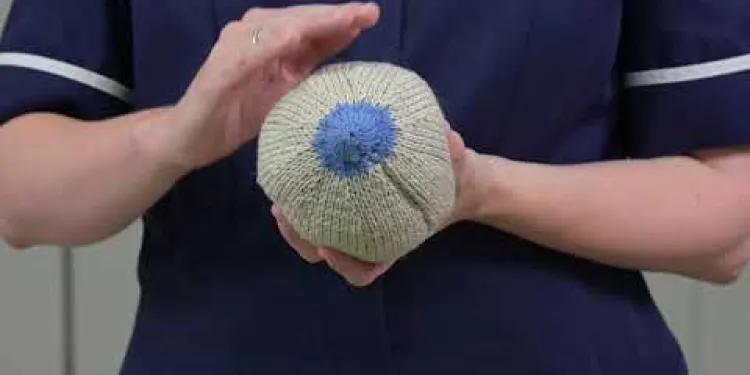
Hand expressing
Relevance: 13%
-
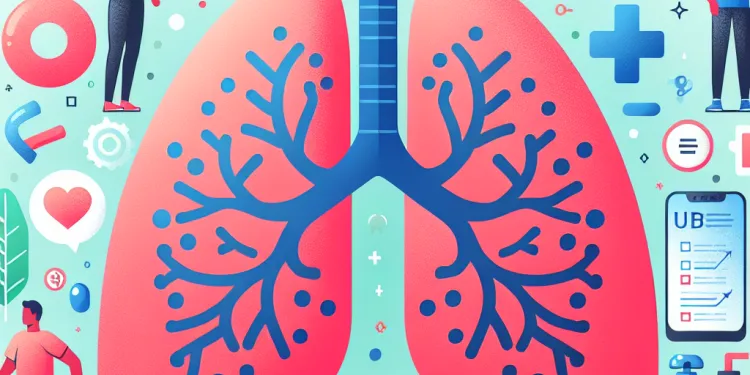
Are there different types of asthma?
Relevance: 13%
-

What causes eczema?
Relevance: 13%
-
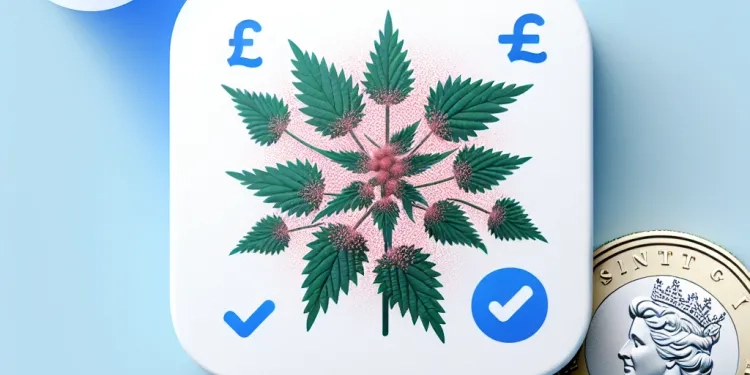
Nettle Rash
Relevance: 13%
-

What is Asthma?
Relevance: 13%
-

Can stress cause asthma symptoms?
Relevance: 13%
-
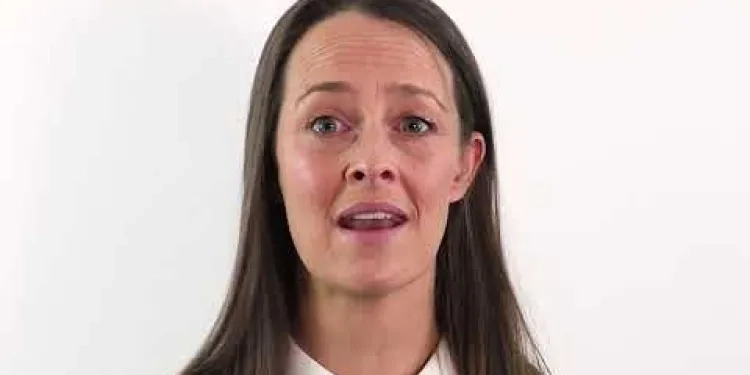
Carpal Tunnel Syndrome
Relevance: 13%
-

Is nettle rash contagious?
Relevance: 13%
-
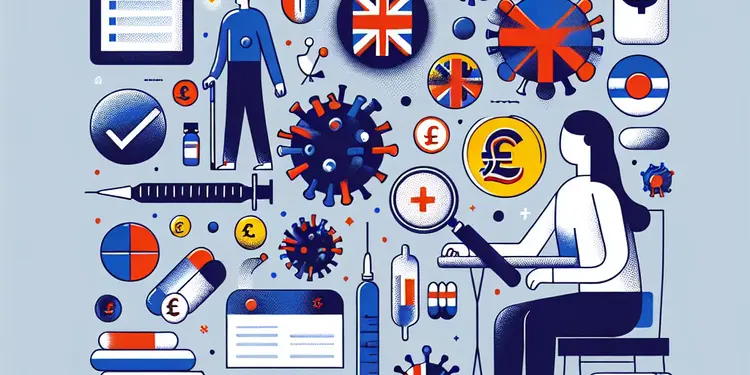
What role do infections play in chronic fatigue syndrome?
Relevance: 13%
-

Managing and treating your child's eczema
Relevance: 13%
-
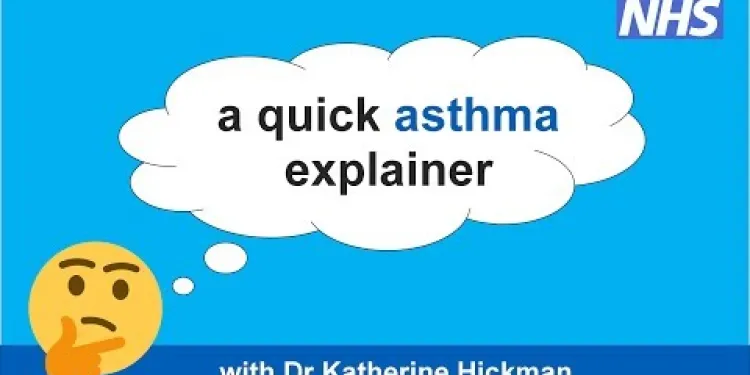
An Asthma Explainer with Dr Katherine Hickman
Relevance: 13%
-
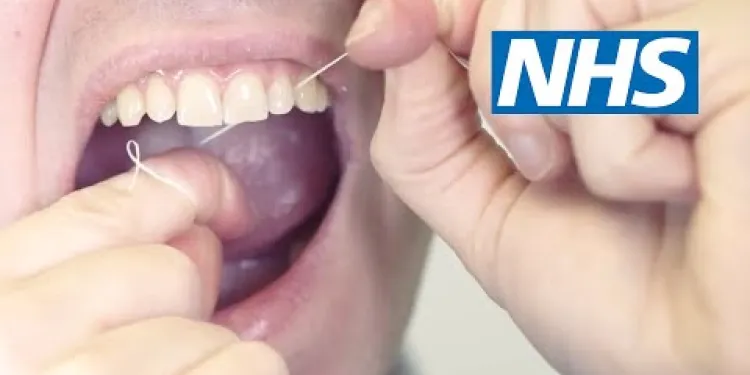
How to floss | NHS
Relevance: 13%
-
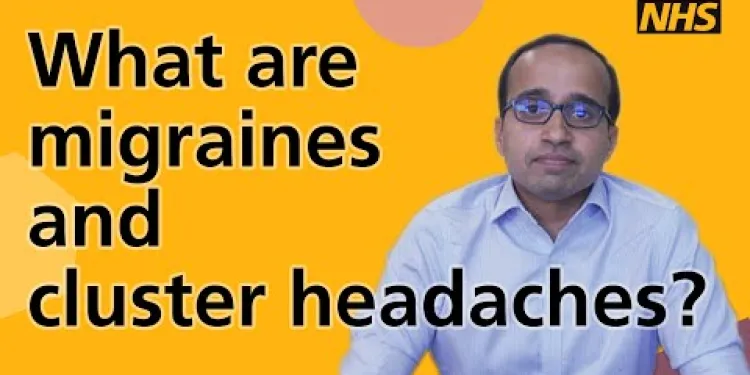
What are migraines and cluster headaches?
Relevance: 13%
-

What is Carpal Tunnel Syndrome (CTS)?
Relevance: 13%
-

What causes asthma?
Relevance: 13%
Understanding the Trigger Finger Exam
Introduction to Trigger Finger
Trigger finger, also known as stenosing tenosynovitis, is a condition that affects the tendons in your fingers or thumb, making it difficult to move them smoothly. The name "trigger finger" is derived from the sudden, snapping or popping sensation you may experience when trying to straighten or bend the affected finger. Early diagnosis and appropriate examination are crucial to managing this condition effectively and preventing further complications.Indications for a Trigger Finger Exam
If you are experiencing stiffness, a popping or clicking sensation, pain at the base of the affected finger, or if your finger becomes locked in a bent position, a trigger finger exam is warranted. These symptoms are often exacerbated in the morning or after periods of inactivity. Additionally, individuals with underlying conditions such as diabetes or rheumatoid arthritis, and those who engage in repetitive gripping activities, are at higher risk.What to Expect During the Exam
During a trigger finger exam, your GP or a hand specialist in the UK will conduct a thorough physical assessment. This involves palpating the affected area to check for tenderness or a lump (nodule) along the tendon sheath. You may be asked to straighten and bend your fingers while the practitioner feels for characteristic popping or locking. The range of motion and grip strength might also be evaluated, and questions about your medical history and daily activities will typically be discussed.Diagnostic Tests and Imaging
In most cases, a physical examination is sufficient for diagnosing trigger finger. However, if the diagnosis is uncertain or if there are concerns about other underlying issues, your doctor may recommend additional imaging tests. These may include X-rays or ultrasound to visualize the tendon and check for any structural abnormalities. These advanced diagnostics can help in confirming the diagnosis and ruling out other conditions such as arthritis or tendon injuries.Treatment Options Post-Examination
After the trigger finger exam, the treatment plan may vary based on the severity of your condition. Conservative approaches, such as rest, splinting, and anti-inflammatory medications, are often effective in the early stages. Corticosteroid injections directly into the tendon sheath can provide significant relief. In cases where conservative treatments fail, a small surgical procedure might be necessary to release the tendon and restore normal finger movement.Conclusion
Recognizing the signs of trigger finger and undergoing a thorough examination are the first steps toward effective management. By understanding what to expect during the trigger finger exam, UK patients can better prepare for the diagnostic process and subsequent treatment options. Early intervention can significantly improve outcomes and help you regain normal hand function.Understanding the Trigger Finger Exam
Introduction to Trigger Finger
Trigger finger is when it's hard to move your fingers or thumb easily. It can feel like your finger or thumb gets stuck and then suddenly pops. This happens because something is wrong with the tendons, which help your fingers move. If you think you have trigger finger, seeing a doctor early can help stop it from getting worse.When to See a Doctor for Trigger Finger
You should see a doctor if: - Your finger feels stiff. - Your finger makes a popping or clicking sound. - You feel pain at the finger's base. - Your finger gets stuck in a bent position. These things might be worse in the morning or after resting. People with diabetes or arthritis, or those who often grip things tightly, might get trigger finger more easily.What Happens During the Exam
During the exam, a doctor in the UK will look at your hand and fingers. They will: - Feel your finger to see if it hurts or has a lump. - Ask you to move your fingers to see if they pop or lock. - Check how well you can move and how strong your grip is. - Ask about your health and daily activities.Tests and Scans
Usually, the doctor can tell if you have trigger finger just by looking at your hand. If needed, they might do extra tests like X-rays or ultrasound to see more. These tests help make sure it is trigger finger and not something else like arthritis.Ways to Help After the Exam
The doctor will suggest what to do based on how bad your trigger finger is. They might suggest: - Resting your hand. - Using a splint to keep your finger straight. - Taking medicine to reduce swelling. - Getting an injection to help the tendon. If these don't help, a small surgery might fix it so your finger can move normally again.Conclusion
Knowing the signs of trigger finger and getting checked by a doctor is important. People in the UK should learn what to expect from the exam and treatment. If you catch it early, you can make your hand feel better and work well again.Frequently Asked Questions
What is trigger finger?
Trigger finger, also known as stenosing tenosynovitis, is a condition in which one of your fingers or thumb catches or locks when you bend it. It can be painful and restrict movement.
What are the symptoms of trigger finger?
Common symptoms include a catching or popping sensation when you move your finger, stiffness, pain at the base of the finger or thumb, and locking in a bent position that suddenly pops straight.
What causes trigger finger?
Trigger finger is caused by inflammation and narrowing of the sheath surrounding the tendon in the affected finger or thumb. Repetitive hand use and certain medical conditions like diabetes and rheumatoid arthritis can increase the risk.
How is trigger finger diagnosed?
A GP can diagnose trigger finger by asking about your symptoms and examining your hand. In most cases, no special tests are needed.
What non-surgical treatments are available for trigger finger?
Non-surgical treatments include rest, splinting, anti-inflammatory medications, and steroid injections to reduce inflammation.
When is surgery required for trigger finger?
Surgery is usually considered when non-surgical treatments fail. It involves releasing the tight part of the tendon sheath to allow for smoother movement of the finger.
Can trigger finger be prevented?
There is no certain way to prevent trigger finger, but avoiding repetitive gripping and using ergonomic hand tools may help reduce the risk.
Is trigger finger related to age?
While trigger finger can affect anyone, it is more common in middle-aged and older adults.
How long does recovery take after surgery for trigger finger?
Recovery time varies but most people can expect to return to normal activities within a few weeks. Full recovery may take a few months.
Are there any complications associated with trigger finger surgery?
Complications are rare but can include infection, stiffness, or tendon injury. Discuss any concerns with your surgeon before the procedure.
Can trigger finger recur after treatment?
Yes, although uncommon, trigger finger can recur after treatment. If it does, further evaluation and treatment may be required.
Can children get trigger finger?
Yes, although rare, children can develop trigger finger, commonly referred to as trigger thumb. Treatment options are similar to those for adults.
Do I need to see a specialist for trigger finger?
Your GP can usually diagnose and initiate treatment for trigger finger. In some cases, they may refer you to an orthopaedic surgeon or hand specialist.
Is trigger finger a form of arthritis?
No, trigger finger is not a form of arthritis, but it can be associated with conditions like rheumatoid arthritis. It primarily involves the tendons rather than the joints.
Are there exercises to help with trigger finger?
Yes, gentle stretching and strengthening exercises for the fingers can help improve flexibility and reduce symptoms. A healthcare professional can recommend specific exercises.
What is trigger finger?
Trigger finger is when one of your fingers or thumb gets stuck in a bent position. It might be hard to straighten the finger or thumb.
If you press or move your finger, it might make a popping sound, like a trigger.
This can happen if the tendons in your finger or thumb are swollen.
Here are some things that can help if you have trigger finger:
- Rest your hand and fingers.
- Use an ice pack to reduce swelling.
- Gently stretch your fingers.
- Wear a splint to keep your finger straight.
- Visit a doctor for more help if it doesn’t get better.
Trigger finger is when your finger or thumb gets stuck or catches when you try to bend it. It can hurt and make it hard to move your finger.
What happens when you have trigger finger?
Your finger might:
- Get stuck or not move well.
- Hurt when you try to move it.
- Feel like it clicks or pops.
- Bend or straighten hard.
If you have trouble reading, you can:
- Ask someone to read to you.
- Use apps that read text out loud.
- Look at pictures or videos for help.
Some signs that something is wrong with your finger or thumb are:
- It might feel like it catches or pops when you move it.
- It could feel stiff and hard to move.
- It might hurt where your finger or thumb starts.
- Sometimes, your finger or thumb might get stuck in a bent position and then suddenly pop straight.
Tools like using colorful stickers can help you remember exercises to help your fingers. You could also use a soft ball to squeeze and make your fingers stronger. Ask someone to help if it feels too hard to do it alone.
What makes trigger finger happen?
Trigger finger is when your finger gets stuck and can't move easily. Here are some things that might make it happen:
- The finger gets used too much.
- The finger or hand gets hurt.
- There's swelling inside the finger that stops it from moving smoothly.
To help with trigger finger, you can try these tools or techniques:
- Use a splint to keep your finger straight.
- Move your fingers gently to make them stronger.
- Try warm soaks to help them feel better.
- Ask a doctor if medicine or other treatments can help.
Trigger finger happens when the tunnel around the tendon in your finger or thumb gets swollen and narrow. This can make your finger get stuck. Doing the same hand actions a lot can make it happen. Some health problems like diabetes and rheumatoid arthritis can also make it more likely.
How do doctors find out if you have trigger finger?
Doctors will look at your hand. They will ask you to open and close your fingers. They might move your fingers to feel if they stick or lock. They could also ask if it hurts. If they need more information, they might use a special picture test like an X-ray.
Tools like pictures or videos can help explain more.
A doctor can tell if you have trigger finger by asking you about your pain and looking at your hand. Usually, you do not need any special tests.
What can help without surgery for trigger finger?
If you have trigger finger, your finger or thumb gets stuck. It can be sore.
Here are some things that might help:
- Rest: Try not to use the finger too much. Let it rest.
- Ice: Put a cold pack on your finger to help with swelling.
- Splint: Wear a splint to keep your finger straight.
- Stretching: Do gentle finger exercises. Ask a doctor what is safe.
- Medicine: You can try over-the-counter pain pills, like ibuprofen.
- Injection: Sometimes doctors give a shot to help with pain and movement.
Ask a doctor or therapist for help. They know what is best for you.
If you are hurt, you can try these things to feel better without having an operation:
- Take a break and rest. This helps your body heal.
- Use a splint. A splint holds the hurt part still and safe.
- Take medicine that helps with swelling and pain. This type of medicine is called anti-inflammatory.
- Sometimes, doctors give special medicine shots called steroid injections. These help make swelling go down.
Using these tips can make you feel better. If you need help, ask someone like a doctor.
When do you need surgery for trigger finger?
Surgery is when a doctor makes a cut to fix something in the body. Doctors think about surgery when other ways to fix the problem don't work. Surgery can help the finger move better.
The doctor will cut a tight part to help the tendon move more easily. This can stop the finger from getting stuck.
Some people find pictures or videos helpful to understand how surgery works.
How can you stop trigger finger?
Trigger finger is when a finger gets stuck or hard to move. Here are some ways to help prevent it:
- Rest your hand and fingers if they hurt.
- Do gentle exercises to keep your fingers moving.
- Try not to use your hand too much. Take breaks.
- Use a soft grip when holding things.
- Wear a splint to keep your finger straight if needed.
If you find reading or understanding this hard, you can ask someone to explain it to you. It's okay to ask for help!
There is no sure way to stop trigger finger. But, you can try some things to help. Try not to grip things too much. Use hand tools that are easy to hold. This might help keep your hands safe.
Does trigger finger happen because of getting older?
Trigger finger can happen to anyone, but it is more common in people who are middle-aged or older.
How long does it take to get better after trigger finger surgery?
Trigger finger surgery helps your finger to move again. But it takes time to get better. Here is what usually happens:
- Right after surgery: Your finger might hurt and feel stiff. The doctors will help with pain.
- First few days/weeks: You might need to wear a bandage and rest your finger.
- 2 to 4 weeks: Your finger starts to feel better. You can move it more.
- Up to 3 months: Your finger should work well. Some people might take a bit longer.
Everyone is different. So, how fast you get better might not be the same as others.
If reading or understanding is hard, ask someone to explain or read with you. You can try using pictures or videos to help you understand too.
Getting better can take different amounts of time for each person. Most people can do their normal activities again in a few weeks. To feel 100% better, it might take a few months.
Can there be any problems after trigger finger surgery?
Some people might have problems after surgery for trigger finger. Here are some tools to help understand:
- Simple Words: Use easy words to talk about the surgery.
- Pictures: Look at pictures to see what happens during and after surgery.
- Ask Questions: Talk to a doctor or nurse if you have questions.
Problems don't happen often, but sometimes you can get an infection, feel stiff, or hurt a tendon. Talk to your doctor about anything you're worried about before the operation.
Will my finger get stuck again after treatment?
Yes, trigger finger can come back after you get it treated, but it does not happen a lot. If it comes back, you might need to see the doctor again for more help.
Can kids have trigger finger?
Trigger finger makes a finger stuck or hard to move.
Kids can get trigger finger, but it is not common.
If you think a child has trigger finger, talk to a doctor.
Using pictures or videos can help understand better.
Yes, but it doesn't happen often. Kids can get a thing called trigger finger, or it's also called trigger thumb. The ways to help it are like how doctors help grown-ups.
Do I need to see a doctor for trigger finger?
If your finger locks or clicks, it might be trigger finger.
Here are some things you can try:
- Rest your hand.
- Use a warm cloth or heat pad on your finger.
- Try gentle finger exercises.
If your finger still hurts, it's important to see a doctor. They can help you feel better.
You can also use a talking app or ask someone to help read this for you.
Your doctor can often find out if you have trigger finger and start helping you feel better. Sometimes, your doctor might send you to a special doctor who knows a lot about hands.
Is trigger finger the same as arthritis?
Trigger finger is when your finger gets stuck or is hard to straighten. It is not the same as arthritis.
Arthritis is when your joints hurt and swell. Joints are the parts of your body where two bones meet, like your knuckles.
If you have trouble reading, you can use pictures or ask someone to help explain things. There are also apps that read text out loud for you.
No, trigger finger is not the same as arthritis. But sometimes people with arthritis can also have trigger finger. Trigger finger happens because of problems with the tendons, not the joints.
Can exercises help a stiff finger?
Do your fingers get stuck or feel stiff? This is called "trigger finger." There are some simple exercises that can help. Try bending and straightening your fingers gently. You can also use a soft ball or putty to squeeze. These exercises can make your fingers stronger and move better.
If your finger still feels stuck or hurts, you can ask a grown-up to help you see a doctor. The doctor can show you more ways to help your finger. You can even watch videos to see how to do the exercises. Remember to be gentle with your fingers!
Yes, doing simple stretches and exercises for your fingers can help them move better and feel better. A doctor or a health expert can show you the right exercises.
Useful Links
- Ergsy carfully checks the information in the videos we provide here.
- Videos shown by Youtube after a video has completed, have NOT been reviewed by ERGSY.
- To view, click the arrow in centre of video.
- Most of the videos you find here will have subtitles and/or closed captions available.
- You may need to turn these on, and choose your preferred language.
- Go to the video you'd like to watch.
- If closed captions (CC) are available, settings will be visible on the bottom right of the video player.
- To turn on Captions, click settings .
- To turn off Captions, click settings again.
More Items From Ergsy search
-

Trigger Finger exam
Relevance: 100%
-

Post hand surgery - Stiffness management and trigger finger
Relevance: 78%
-

What triggers asthma attacks?
Relevance: 38%
-

What triggers a cold sore outbreak?
Relevance: 36%
-

Factors that trigger eczema in your child
Relevance: 35%
-

What foods can trigger nettle rash?
Relevance: 35%
-

Can exercise trigger asthma symptoms?
Relevance: 35%
-

Can stress trigger shingles?
Relevance: 35%
-

Can stress trigger psoriasis flare-ups?
Relevance: 34%
-

Can stress trigger shingles?
Relevance: 31%
-

Can physical exertion trigger a heart attack?
Relevance: 30%
-

What are Cold Sores?
Relevance: 20%
-

Dupuytrens
Relevance: 17%
-

What are the common symptoms of Carpal Tunnel Syndrome?
Relevance: 17%
-

What are the main types of eczema?
Relevance: 15%
-

Are there specific exercises that can help with Carpal Tunnel Syndrome?
Relevance: 15%
-

Using pressure points to relieve nausea
Relevance: 15%
-

What causes cold sores?
Relevance: 14%
-

Can diet affect eczema?
Relevance: 14%
-

What causes psoriasis?
Relevance: 14%
-

How can I prevent Carpal Tunnel Syndrome?
Relevance: 14%
-

What causes nettle rash?
Relevance: 13%
-

Raynaud's Disease
Relevance: 13%
-

Does your diet affect IBS?
Relevance: 13%
-

How can asthma attacks be prevented?
Relevance: 13%
-

Hand expressing
Relevance: 13%
-

Are there different types of asthma?
Relevance: 13%
-

What causes eczema?
Relevance: 13%
-

Nettle Rash
Relevance: 13%
-

What is Asthma?
Relevance: 13%
-

Can stress cause asthma symptoms?
Relevance: 13%
-

Carpal Tunnel Syndrome
Relevance: 13%
-

Is nettle rash contagious?
Relevance: 13%
-

What role do infections play in chronic fatigue syndrome?
Relevance: 13%
-

Managing and treating your child's eczema
Relevance: 13%
-

An Asthma Explainer with Dr Katherine Hickman
Relevance: 13%
-

How to floss | NHS
Relevance: 13%
-

What are migraines and cluster headaches?
Relevance: 13%
-

What is Carpal Tunnel Syndrome (CTS)?
Relevance: 13%
-

What causes asthma?
Relevance: 13%


